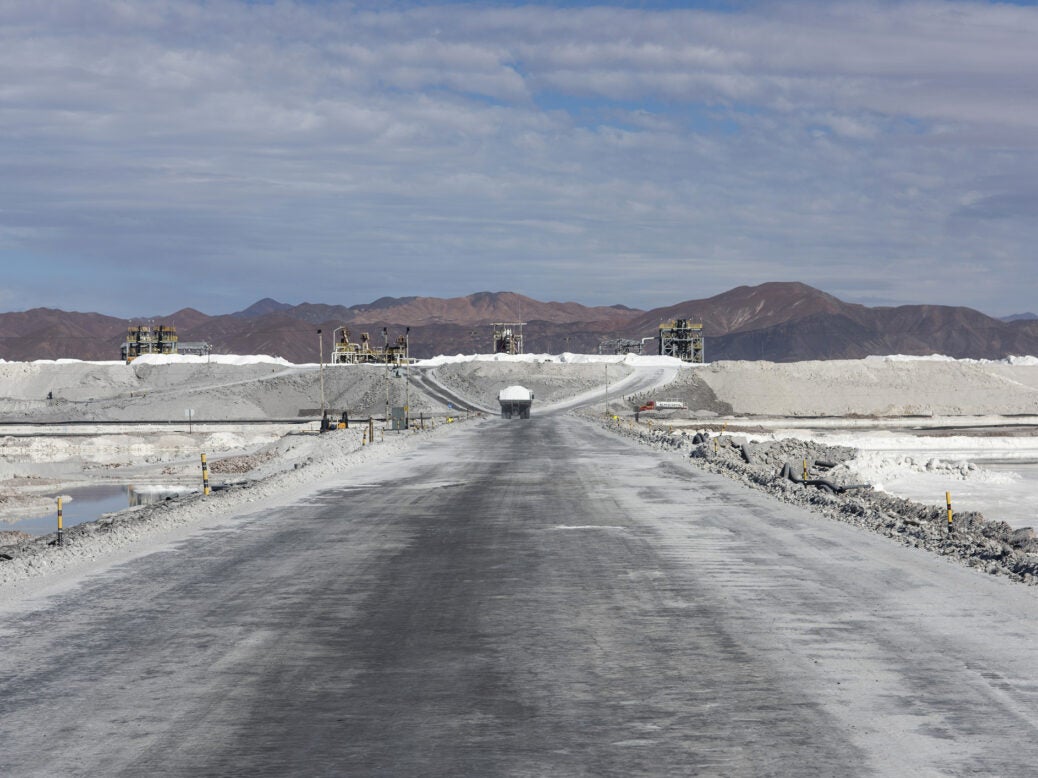
Automakers are beginning to realise that critical materials for future EV battery supply will be in high demand.
Quick quiz question for you. What do Fordlandia* in Brazil and VW part number 199 398 500 A** have in common? Answer, they’re examples of the auto industry’s past and current dalliances with vertical integration. It’s probably not escaped your attention, but vertical integration is very much back in vogue.
The industry has spent the past 30 years disintegrating supply chains, putting more power in the hands of suppliers, developing them to become systems integrators rather than mere parts suppliers. At one point, Tier 0.5 suppliers were a thing (ask Magna). Dana Corporation supplied the Dodge Dakota’s rolling chassis (including suspension, brakes and fuel delivery systems) at a plant in Brazil, while suppliers vied to supply complete front-end modules or complete interiors.
VW, one of the OEMs that maintains a stubbornly high level of vertical integration (e.g., still making most of its seats in-house), in-the-face of the disintegration around them was oft-criticized for wasting resources because of its comparatively high levels of vertical integration. In fairness, VW did not pursue vertical integration with any great zeal, it was more a by-product of Lower Saxony’s 20% share of voting rights and IG Metall and the Group Works Council having the right to appoint half the members of the company’s supervisory board.
Now vertical integration, and backwards vertical integration at that, has become mission critical for all the major OEMs as they rush to secure battery raw material supplies that are essential for the lithium-ion batteries that will power the electric vehicle revolution. As well as the need to secure supplies the OEMs are acting with one eye on ESG – and full visibility of raw material supply will help in this regard. ESG is also central to forward integration plays that some OEMs are making by partnering with, or taking stakes in, companies involved in the recycling of batteries and their material. And it’s not just the raw materials either.
The EV revolution is causing a rethink on motors, transmissions and semiconductors too; for example, Daimler bought electric motor maker YASA in 2021. At one stage it was thought that EV swould lead to vehicle homogeneity, with differentiation provided by the software and in-cabin experience but Tesla’s approach – and success – has turned that thinking on its head.
Not only is the rush to vertical integration an attempt to catch up with Tesla, but it is the western industry’s attempt to catch up with a Chinese industry that has had a head-start on electrification, securing many of the vital supplies already and having an abundance of other raw materials that are so highly valued now. Now, with everyone looking to vertically integrate it has become a zero-sum game where no competitive advantage is conferred but just levels the playing field for strategically essential raw materials.
One can’t help wondering when vertical integration will fall out of fashion again. All it will take is for an OEM to emerge eschewing the current fashion, secure supplies on the independent market at a more competitive price and the rush to disintegrate will begin again. The same happened with Fordlandia and the same with Tier 0.5 suppliers – the industry evolved away as the drawbacks of the lack of cost transparency outweighed the benefits of Tier 0.5 supply.
*Fordlandia was an industrial town established in Brazil by Ford Motor Company in the 1920 to secure supplies of rubber for its vehicles. In doing so, Ford was looking to escape the monopoly UK firms had at the time over rubber supplies.
**The part number for the currywurst manufactured by VW for consumption in its canteens.
